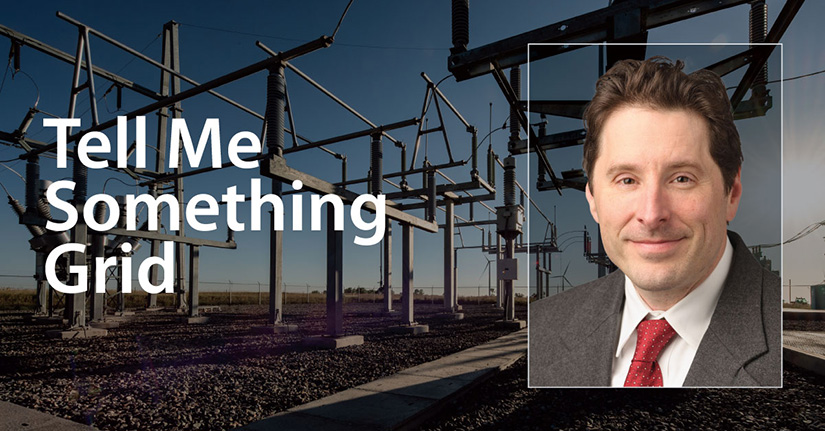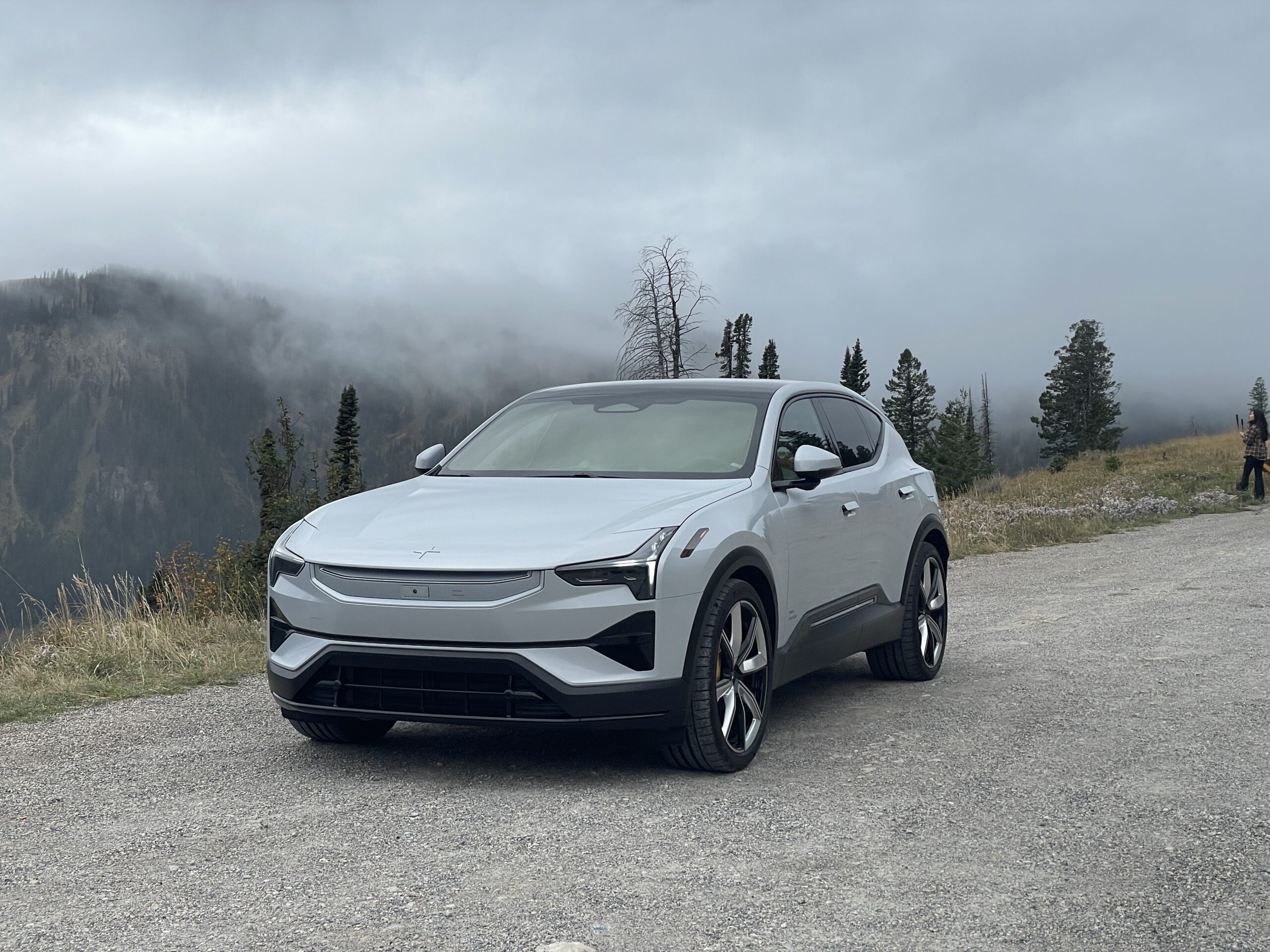Sign up for daily news updates from CleanTechnica on email. Or follow us on Google News!
NREL Power System Researcher Paul Denholm Shares What You Need To Know About the Reliability of the U.S. Grid and Why Renewable Energy Can Help Keep the Lights On

This installment of the National Renewable Energy Laboratory’s (NREL’s) Tell Me Something Grid series features Paul Denholm, senior research fellow of model engineering and a grid analyst of nearly 20 years at NREL. Denholm shares how we can count on a reliable grid with more renewable and clean energy.
People rely on 24/7 access to reliable electricity to power our homes, businesses, and communities. There is a lot of planning and operations to ensure the lights stay on.
At NREL, we have learned a lot about a renewable-based power grid, and there is no inherent reason why renewables cannot help keep the lights on. We have already demonstrated the ability of the grid to maintain reliable operation with high levels of variable renewable energy.
To support energy system stakeholders with understanding the complicated world of reliable grid planning and operations, we developed a package of resources that explains different aspects of reliability. The package includes fact sheets on reliability of the current power grid, causes of the recent major blackouts and what is being done in response, and maintaining a reliable future grid. We also developed additional background information on the fundamentals of power grid reliability and clean electricity. You can dig into as much detail as you want, but it really boils down to 10 things to know about the U.S. power grid—and they might surprise you.
- The U.S. grid is very reliable. The average U.S. customer loses power less than two times per year for a total of less than five hours, which represents 99.95% reliability.
- Almost all outages are due to issues on the distribution system. As opposed to the bulk system, which brings power to larger areas, the distribution system is a local system of power for individual consumers. The cause of an outage typically is not related to the bulk power system and takes place within a mile or two of your house, like a tree limb falling on a local power line.
- The grid is designed so that any individual generator or transmission line can fail, and the grid stays online seamlessly. This design is achieved through various measures, like multiple pathways for electricity to flow and backup power reserves. This design enables the U.S. power grid to quickly adapt to a generator or transmission line failure, even without a momentary loss of power.
- The power grid in the United States almost never loses power due to insufficient generation. We almost always have enough generation capacity to meet demand on the hottest days and coldest nights—and with capacity to spare. Reliability is maintained in part by interconnecting large parts of the United States and sharing resources across large regions.
- The two biggest outages due to lack of electricity supply in the last 20 years occurred in 2021 and 2022 due to extreme cold temperatures that impacted most all generating equipment—most significantly, natural gas. The fuel supply and generating units were not ready for extreme cold, and power planning scenarios did not anticipate this chain of events.
- Regulations at the state, regional, and federal levels support and require individual utilities or grid operators to maintain grid reliability. That includes regulations of how and when a power plant can be retired. In order to retire a power plant, a utility or grid operator must have sufficient replacement electricity generation—regardless of the source—to ensure the reliability standard is met. These standards help ensure reliability while more wind and solar are added.
- Solar and storage can play an increasing role in maintaining reliability. A combination of solar power and energy storage does a really good job of providing reliable capacity during hot summer afternoons and is one of the largest sources of new capacity for meeting peak demand.
- Some parts of the grid already operate with high levels of wind and solar generation, achieving a maximum hourly generation fraction of 70%–90% in grid regions such as California, Texas, and the central United States. This has demonstrated the ability to maintain operational reliability with new approaches and practices.
- The role of conventional fossil fuel plants will likely transition from being a source of capacity-plus-energy to a source of capacity. That means a fossil fuel plant will not run constantly but only when necessary, such as during short periods of very high demand or low wind and solar generation. This enables us to achieve very, very deep decarbonization (80%–90% clean electricity) through building new clean electricity, storage, and transmission while using the existing fossil fleet as needed for reliability purposes.
- Utilities are now proposing to achieve very deep decarbonization and integrate large amounts of wind and solar as part of their business plans that meet regulatory requirements to maintain reliability. These are in part emerging out of utility planning efforts that take account of and manage reliability challenges.
The future grid will not look the same as today’s power grid, but it can still maintain the reliable electricity that powers our lives. If you want to know more about what makes a reliable grid, be sure to check out the package of resources: Reliability of the Current Power Grid, Causes of the Recent Major Blackouts and What Is Being Done in Response, Maintaining a Reliable Future Grid with More Wind and Solar, and Fundamentals of Power Grid Reliability and Clean Electricity.
Read more from NREL’s Tell Me Something Grid series, and sign up for NREL’s energy analysis newsletter.
Courtesy of NREL. By Paul Denholm
Have a tip for CleanTechnica? Want to advertise? Want to suggest a guest for our CleanTech Talk podcast? Contact us here.
Latest CleanTechnica TV Video
I don’t like paywalls. You don’t like paywalls. Who likes paywalls? Here at CleanTechnica, we implemented a limited paywall for a while, but it always felt wrong — and it was always tough to decide what we should put behind there. In theory, your most exclusive and best content goes behind a paywall. But then fewer people read it!! So, we’ve decided to completely nix paywalls here at CleanTechnica. But…
Thank you!
CleanTechnica uses affiliate links. See our policy here.




